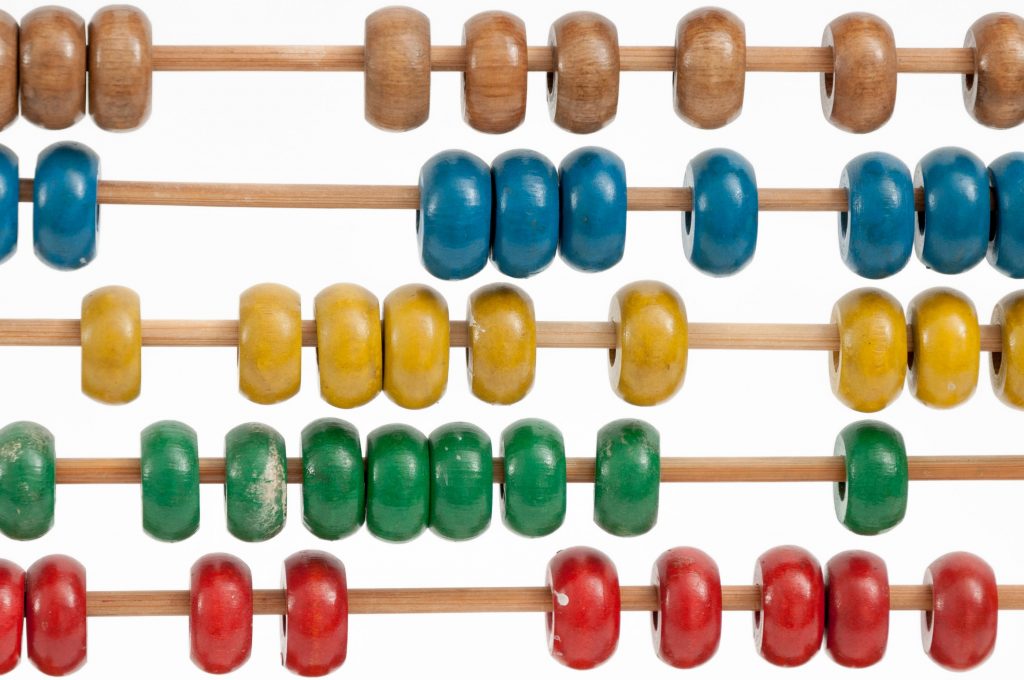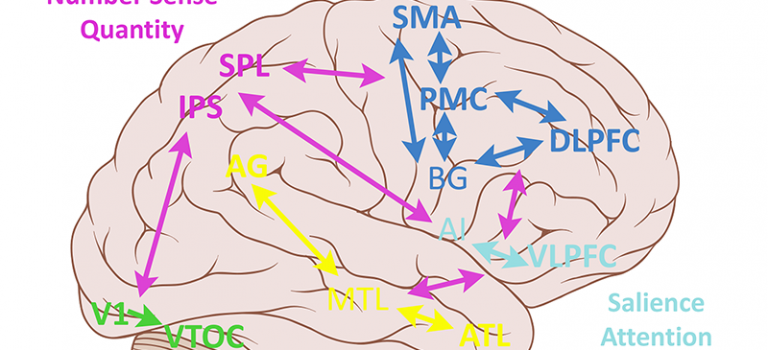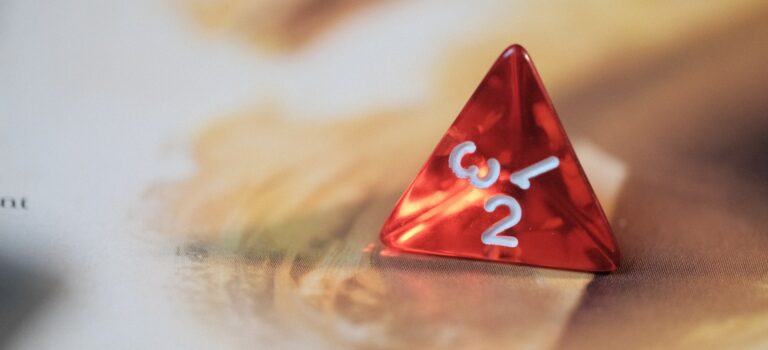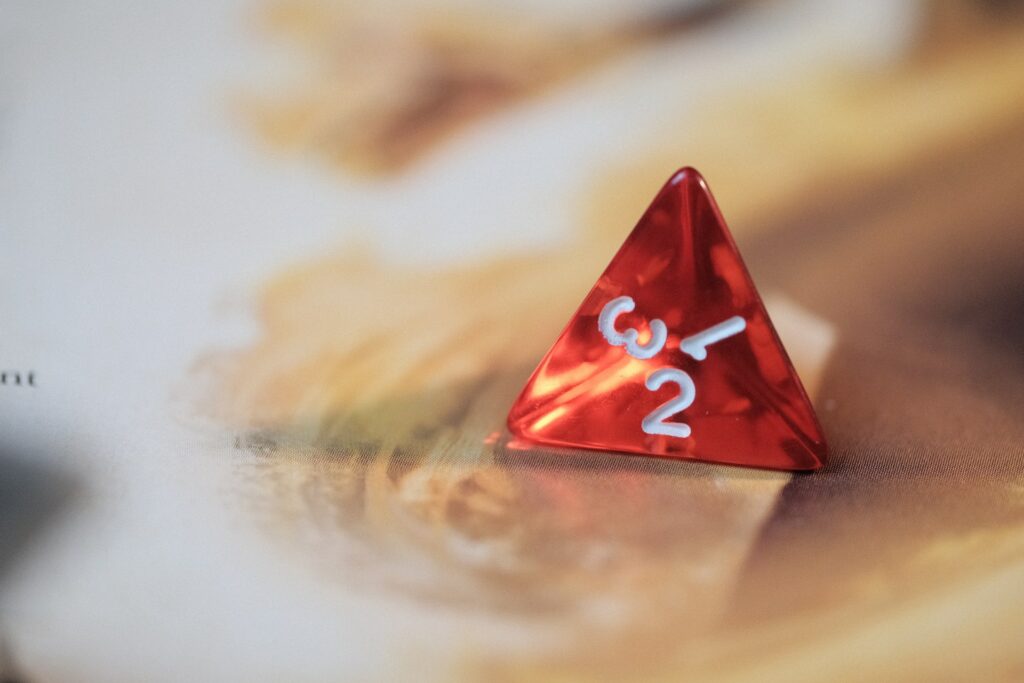It is well known that schools tend to put mental arithmetic skills above the visual ones, as something like counting with your fingers is seen as a weakness in one’s calculation abilities. Educators and scientists have been tackling this obsolete cliché with research and scientific reports that seem to prove that visual aids are more than just helpful in the learning process.
Indeed, visual aids, such as the use of fingers, have a key role in children’s understanding of mathematics. This form of visualisation gives the abstract world of numbers a real side and establishes a connection to something tangible. This results in the creation connections from the prefrontal cortex (main memory / data centre) to the visual and motor cortex. Thus, when visual aid is used, thinking becomes outsourced to other brain areas generating a more efficient use the brain’s capacity.
However, these findings do not mean that you child will forever use their fingers to count. Over time a mental image of the fingers will become connected to the mental processes of counting, making the physical counting unnecessary. This is proven by numerous studies with primary school children that measured increased activity in the visual cortex while children were solving complex math tasks, even when they did not use their hands.
Read more →









